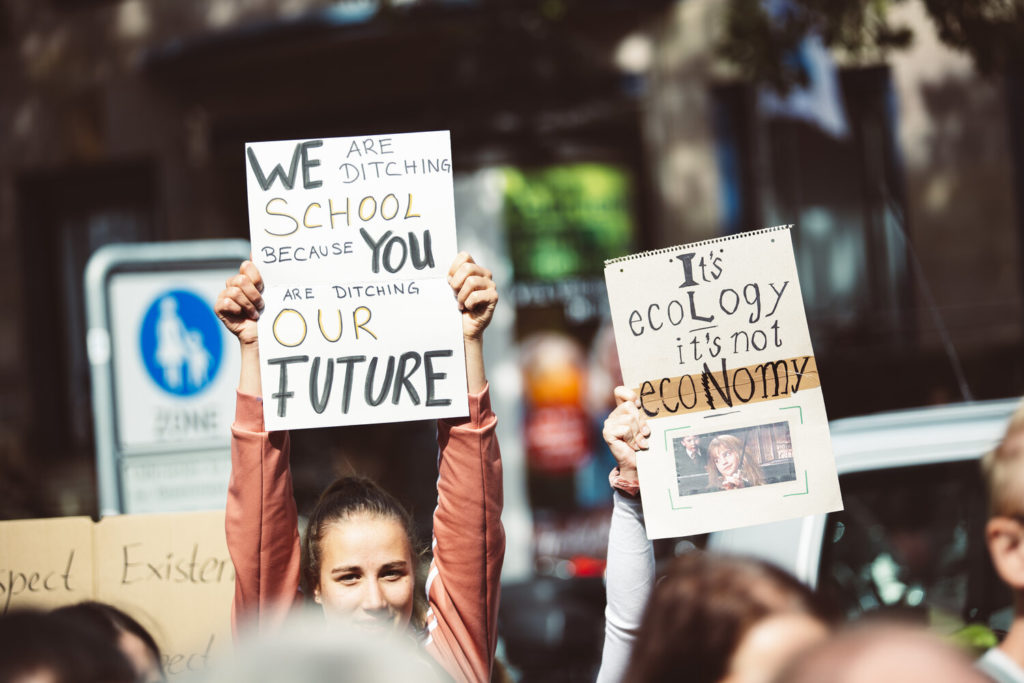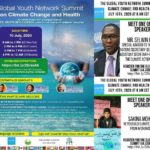The room was packed. Interest in the topic of children’s rights and the environment is clearly on the rise. On 12 February 2020 I spoke at an event to strategize and discuss priorities for the annual full-day meeting of the UN Human Rights Council (HRC) on children’s rights and the environment in June. The HRC meeting is significant, as it will result in a set of recommendations that will be presented directly to governments. It also has the potential to inform a resolution to recognize the right to a healthy environment that may be up for debate during the UN General Assembly in September 2020. The room was filled with people from an array of sectors. Most members of the UN Committee on the Rights of the Child took part, as did a lot of government representatives and NGO’s. Even those who do not normally focus on children’s rights were in attendance.
We all were aware of the importance of garnering support for the recognition of the right to a healthy environment by the UN General Assembly. Clarence Nelson, a member of the UN Committee on the Rights of the Child, made it clear that there are strong arguments that environmental rights are already implicit in the Convention on the Rights of the Child, as it recognizes rights that cannot be realized without a healthy environment, such as the right to life, survival and development and the rights to food and water. He raised that environmental issues are among the top two topics that children consider most important in relation to their rights within State reports – the core work of the Committee. Another Committee member, Mikiko Otani, asked participants what they felt would be a valuable contribution to the General Assembly debate on children’s right to a healthy environment from the perspective of children’s rights. She suggested that, prior to the session, children could send letters to their own governments voicing their support for the right to a healthy environment and addressing environmental matters that concern them the most.
For the upcoming annual full-day meeting of the HRC, many participants emphasized that debates should build on current best practices recognizing children’s environmental rights and focus on gaps and key steps to drive this agenda forward. Solal, a youth environmental activist who also spoke at the event, made it clear that nothing short of transformative change in all areas of society will be required to address the current environmental crisis. The results of the meeting should focus on taking meaningful action. This view was echoed by UN Special Rapporteur on human rights and the environment, David Boyd, who stressed that human rights have often been a catalyst for change and that to recognize the right to a healthy environment would equip environmental and climate protection with the same powerful language of rights.
A couple of very specific recommendations were made as well. The Committee on the Rights of the Child should write a general comment to guide States and other relevant actors in how they apply the UN Convention on the Rights of the child in the context of the environment. There is a growing interest in a child rights approach, but little orientation in terms of how to implement it. This includes integration of child rights in environmental frameworks such as the Paris agreement or the Sustainable Development Goals (SDGs) which are strongly linked to children’s issues and even reference their rights. The Human Rights Council adopted a resolution last year to support environmental human rights defenders and it included a call on states to support child and youth-led initiatives. States should take explicit action to implement it. Marie Noel-Brune Drisse from the World Health Organization asserted the need for environmental impacts on health to be translated into rights language. She provided a good overview of existing data related to children’s environmental health. For many environmental issues, negative impacts are already clearly established (e.g. air pollution), while for others, the implications are still difficult to anticipate (e.g. endocrine disruptors). Existing information is not always adequately translated into rights language which is why environmental health issues often go unnoticed in the rights community. Finally, I proposed the need to provide easily accessible educational resources for children and young people. One of the main results from the Children’s Environmental Rights Initiative (CERI) exchange with children and youth at the regional consultations is that they lack access to understandable and useful information on the environment and their rights
I feel very encouraged after the event. States need to listen to the calls of the youth and take action. Human Rights can provide a powerful language to make it happen!
“Children are our future. Their rights and their health needs to be the forefront…”
— Sabina Stadler Repnik, Permanent Representative of Slovenia to the United Nations Office at Geneva







